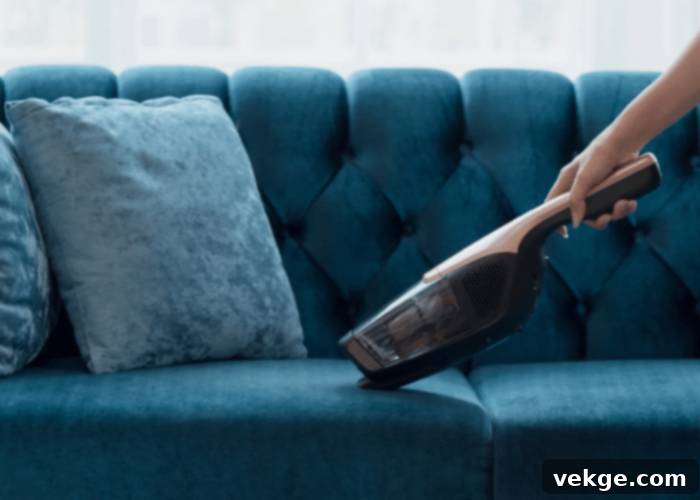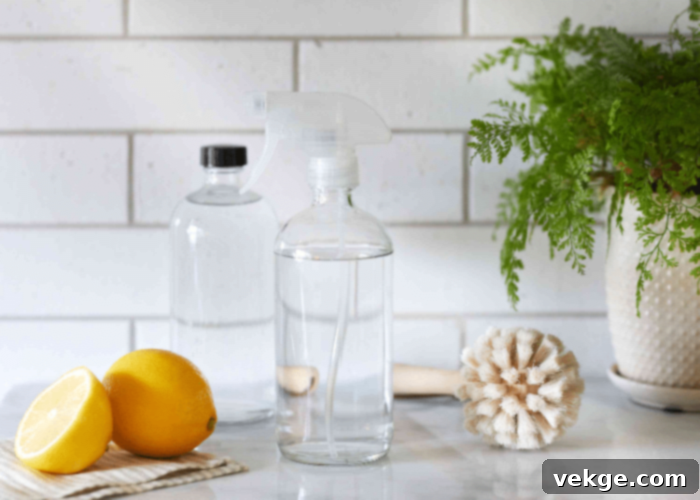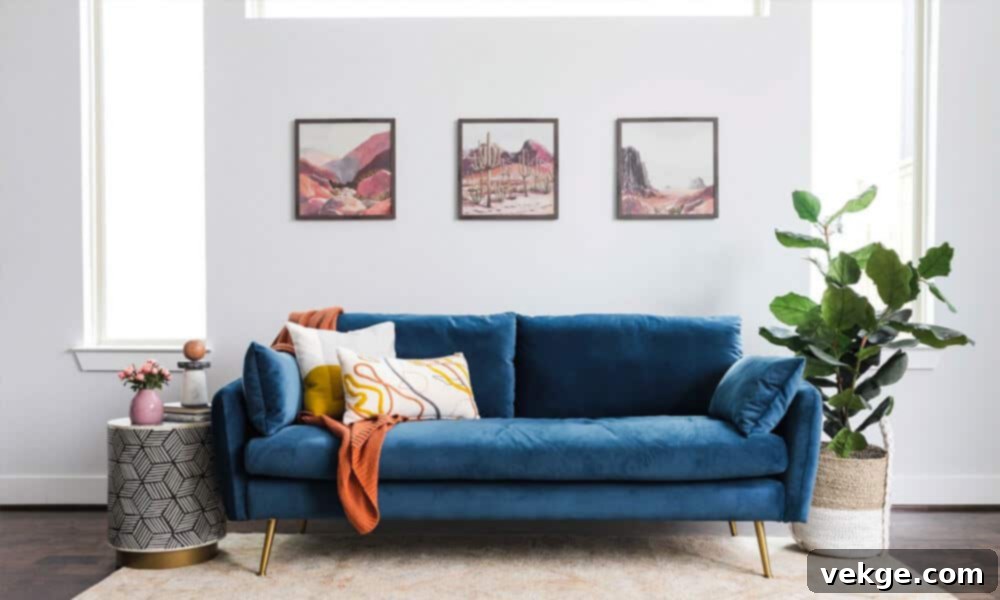Expert Tips for Velvet Sofa Care: Maintain Your Luxurious Upholstery
A velvet sofa instantly elevates any living space, imbuing it with a sense of luxury, sophistication, and undeniable charm. Often becoming the centerpiece of a room, velvet furniture commands attention and admiration. However, its regal appearance can sometimes be misleading, as many perceive velvet as a notoriously high-maintenance and delicate fabric. While it’s true that a velvet sofa, especially in a high-traffic area, requires proper attention, its reputation for being “fussy” is largely overblown. With the right care regimen, your velvet upholstery can remain stunning and durable for years to come.
Common misconceptions about velvet often revolve around issues like fiber compression or susceptibility to stains. While these can be valid concerns if neglected, modern velvet, particularly synthetic varieties, is surprisingly resilient. In fact, many velvet upholstery fabrics are quite easy to care for when you understand their unique characteristics. For example, a blue velvet sofa in the living room can be a practical and stylish choice, proving that beauty and durability can coexist.
The key to enjoying your opulent velvet sofa without constant worry lies in knowing how to care for it correctly. This comprehensive guide will demystify velvet care, providing you with practical, actionable tips and tricks to keep your luxurious furniture looking pristine and feeling sumptuous. From routine cleaning to tackling stubborn stains, we’ll cover everything you need to know to ensure your velvet sofa remains a treasured part of your home.
Understanding Your Velvet: Natural vs. Synthetic Upholstery
Before diving into specific cleaning methods, it’s crucial to understand that not all velvet fabrics are created equal. The composition of your velvet sofa significantly impacts its durability and care requirements. Velvets are broadly categorized into two main types: natural and synthetic.
- Natural Velvets: These are traditionally crafted from fibers such as silk, linen, cotton, or mohair.
- Silk Velvet: Known for its exquisite sheen and unparalleled softness, silk velvet is the most luxurious and, consequently, the most delicate. It requires gentle handling and is typically suited for less trafficked areas.
- Cotton Velvet: Offers a matte finish and a sturdier feel than silk, making it more practical for everyday use. It’s still absorbent but generally more forgiving.
- Linen Velvet: Combines the durability of linen with the soft texture of velvet. It has a more casual, rustic appeal but can be prone to wrinkling.
- Mohair Velvet: Made from the hair of the Angora goat, mohair velvet is incredibly durable, resistant to crushing, and has a distinctive luster. It’s an excellent choice for high-traffic environments due to its resilience.
- Synthetic Velvets: These are engineered from man-made fibers like nylon, rayon, or high-quality polyester.
- Polyester Velvet: Often a popular choice for modern furniture, polyester velvet is highly durable, resistant to fading, and significantly easier to maintain than its natural counterparts. It’s also known for its excellent stain resistance, making it an ideal option for homes with children or pets, especially in busy living rooms.
- Nylon/Rayon Velvet: These synthetic options offer good durability and can mimic the look and feel of natural velvets while providing enhanced resistance to wear and tear.
Synthetic velvet, in particular, has gained popularity for its impressive stain resistance and overall ease of maintenance, making it a superior choice for busy households or areas prone to spills and heavy use. Knowing whether your sofa is natural or synthetic will guide your cleaning product choices and overall care approach.
Deciphering the Care Tag: Your Velvet Sofa’s Instruction Manual
Once you have an idea of the type of fabric, the very first step in proper velvet sofa care is to consult the care tag. This small label, usually found underneath a cushion or on the underside of the sofa, is your velvet’s instruction manual. It contains a lettered code that indicates the safe-to-use cleaning products and methods, helping you avoid accidental damage:
- W = Wet/Water Cleaning Only: This code indicates that the fabric can be safely cleaned with water-based solutions. This is common for many synthetic velvets.
- S = Dry Solvent Cleaning Only: Fabrics with an ‘S’ code should only be cleaned with solvent-based cleaners (dry-cleaning solutions). Water can cause permanent damage, spotting, or shrinkage.
- SW = Dry Solvent and Wet Cleaning: This versatile code means the fabric can withstand both water-based and solvent-based cleaning methods, offering the most flexibility.
- X = Professional Cleaning or Vacuuming Only: The most restrictive code, ‘X’ means no liquid cleaners (water or solvent) should be used. This fabric type can only be cleaned by vacuuming or by a professional upholstery cleaner. Attempting to clean it yourself with liquids will likely result in damage.
Always adhere strictly to these codes to prevent discoloration, shrinking, or damage to your cherished velvet upholstery. When in doubt, always opt for the gentlest method or consult a professional.
Daily and Weekly Care: Vacuuming for Day-To-Day Cleaning

Regular maintenance is paramount to keeping your velvet sofa looking its best, especially in a busy household. Daily or weekly vacuuming is the simplest and most effective way to prevent dust, crumbs, pet hair, and other debris from accumulating and embedding themselves into the fabric fibers. This routine care not only keeps your sofa clean but also helps to prevent the velvet nap from matting or flattening over time.
When vacuuming, always use an upholstery brush attachment, which is designed to be gentle on fabrics. Employ a light touch; resist the urge to push or grind the vacuum aggressively into the velvet. Excessive pressure can irritate the fabric, potentially causing bald spots, crushing the nap, or other irreversible damage. Instead, glide the attachment smoothly over the surface.
An essential tip for velvet care is to understand the direction of the velvet pile or nap. Gently run your hand across the fabric to determine which way the fibers naturally lay. Always brush or vacuum your couch following that direction. This helps to maintain the velvet’s characteristic sheen and prevents the fibers from becoming disoriented. You can easily integrate this into your routine by simply swapping the floor attachment for the upholstery cleaner when you’re vacuuming your floors or carpets, ensuring your velvet furniture gets the attention it needs regularly.
Beyond the main body of the couch, it’s also beneficial to use your vacuum’s crevice tool. This narrow attachment is perfect for detail work, such as vacuuming along seams, in between cushions, and around decorative elements where crumbs, hair, and dust love to collect. These often-overlooked areas can harbor a surprising amount of debris.
Given the recommended frequency for vacuuming velvet furniture, a small, powerful handheld vacuum can be an invaluable tool. Storing it nearby makes this chore less time-consuming and more likely to be done regularly. As an alternative or in addition to vacuuming, a dedicated soft-bristled velvet brush can be used to gently refresh the nap, remove light dust, and restore the fabric’s natural luster. Brushing also helps to prevent the fibers from becoming permanently crushed in high-use areas.
The Art of Stain Removal: Do It Right!

The thought of a stain on your beautiful velvet sofa can be daunting, but with the right approach, most spills can be effectively managed. While encouraging careful behavior from family members and pets can delay the inevitable, accidents happen. The golden rule of stain removal on velvet, or any fabric, is: do not delay! Fresh stains are significantly easier to remove than dried-in ones, which can become nearly impossible to tackle without professional help.
Immediate Action for Spills
When a spill occurs, act quickly. Immediately grab a clean, absorbent light-colored cloth or paper towel. The goal is to absorb as much of the liquid as possible. Do not rub or dab vigorously, as this can push the spill deeper into the velvet fibers, spread the stain, or damage the delicate nap. Instead, gently blot the affected area. Press the cloth onto the spill, lift, and repeat, using a fresh part of the cloth each time. Allow the cloth to sit on the spill for 5-10 minutes to soak up as much as possible.
Velvet is quite absorbent, and for some liquid spills, this initial blotting might be sufficient, leaving no visible mark. If a liquid spill has tamped down the nap, giving the area a once-over with a vacuum or upholstery brush after it’s dry can help restore its texture.
Spot Cleaning Techniques (Always Test First!)
If blotting alone isn’t enough, you’ll need to move on to spot cleaning. Before applying any cleaning solution to a visible area, always perform a patch test on an inconspicuous spot of the sofa (e.g., the back or underside of a cushion). This is crucial to ensure the solution doesn’t cause discoloration or damage to your specific velvet fabric.
Method 1: Gentle Dish Soap or Laundry Detergent
This method is generally safe for ‘W’ or ‘SW’ coded velvets. Dilute a small amount (a pea-sized drop) of mild dish soap or laundry detergent in a bowl of lukewarm water. Dip a clean white cloth into the solution, making it barely damp – it should not be soaking wet. Gently work the soapy cloth onto the affected area using light, circular motions from the outside of the stain inwards. Avoid grinding the fabric, which can damage the nap. Once the stain appears gone, use a separate, clean cloth dampened with plain water to thoroughly rinse away any soap residue. Failure to rinse properly can leave a sticky residue that attracts dirt.
Method 2: Lemon Juice and Bicarbonate of Soda (Baking Soda)
This effervescent solution can be particularly effective for certain types of stains, especially on lighter-colored velvets. For this, pour approximately 100 ml of fresh lemon juice into a bowl and add one tablespoon of bicarbonate of soda (baking soda). The mixture will fizz. Dip a clean cloth into this fizzy solution and use it to gently clean the stain, following the same gentle blotting and circular motion technique described above. Once the stain is lifted, use a clean, damp cloth to remove any residue. This method works by creating a mild acid-base reaction that can help lift certain stains. Always test this method on an inconspicuous area first.
Drying and Restoring the Nap
After cleaning, allow the upholstery to air dry completely. Do not use direct heat from a hairdryer, as this can potentially scorch or alter the velvet’s texture. Once the area has dried out completely, use a soft-bristled velvet brush or vacuum with the upholstery attachment to gently brush the surface. This helps to restore the nap, making it look smooth and ensuring the treated spot blends seamlessly with the rest of the velvet sofa, preventing a ‘crushed’ or matted appearance.
Prevention is Key: Long-Term Velvet Sofa Care
Even with excellent stain removal techniques and regular cleaning, prevention remains the best strategy for preserving the beauty and longevity of your velvet sofa. By taking a few proactive steps, you can significantly reduce the risk of damage and ensure your luxurious piece remains in pristine condition.
- Protect from Direct Sunlight: When placing your velvet sofa in your living space, choose a spot where it won’t be exposed to direct sunlight for extended periods. UV rays can cause velvet, especially natural fibers, to fade and deteriorate over time. If a sunlit spot is unavoidable, consider using curtains or blinds to filter the light during peak hours.
- Use Protective Covers: If you have active children or playful pets, it’s highly advisable to consider placing protective throws or slipcovers over your velvet settee, particularly in high-use areas. These covers can effectively shield the fabric from spills, scratches, scuffing, and pet hair, greatly extending the life of your upholstery. Opt for washable covers that complement your room’s decor.
- Rotate Cushions: Regularly rotate and flip your cushions to ensure even wear and prevent specific areas from becoming overly compressed or matted. This helps to maintain the plushness and uniform appearance of your velvet.
- Avoid Sharp Objects: Be mindful of sharp objects, buckles, or jewelry that could snag or tear the velvet fabric.
- Address Crushed Nap: Velvet can sometimes develop crushed spots where people sit frequently. To revive flattened areas, you can try gently steaming them. Hold a handheld steamer a few inches away from the fabric and lightly brush the nap in the correct direction as it steams. A warm, damp cloth or even a cool iron held slightly above the fabric can also generate enough steam, but proceed with extreme caution and test first.
When to Call the Professionals
While many common issues can be resolved with DIY methods, there are times when professional help is essential. If you encounter a large, complex, or particularly stubborn stain, or if your velvet sofa has an ‘X’ cleaning code, it’s always best to contact a professional upholstery cleaner. They have specialized equipment, knowledge, and cleaning solutions designed to safely and effectively clean delicate fabrics like velvet without causing damage. Don’t take a chance on your luxurious furniture; the cost of professional cleaning is far less than the cost of replacing a damaged sofa.
Summing It Up: Embrace the Velvet Life
While the thought of caring for a velvet sofa might initially seem overwhelming, understanding its unique characteristics and applying a few simple, consistent care practices will ensure your beautiful piece remains a source of pride and comfort. From distinguishing between natural and synthetic velvets to mastering the art of daily vacuuming and immediate stain removal, you now have the knowledge to keep your upholstery looking its best.
Remember, prevention is always better than cure. By being mindful of placement, considering protective measures, and performing regular, gentle maintenance, you can significantly extend the life and beauty of your velvet furniture. It’s true that such a beautiful and luxurious piece requires attention, but as you sink into its soft embrace, you’ll undoubtedly agree that it’s a risk well worth taking. Embrace the velvet life with confidence, knowing you have the tools to keep your sofa pristine for years to come!
